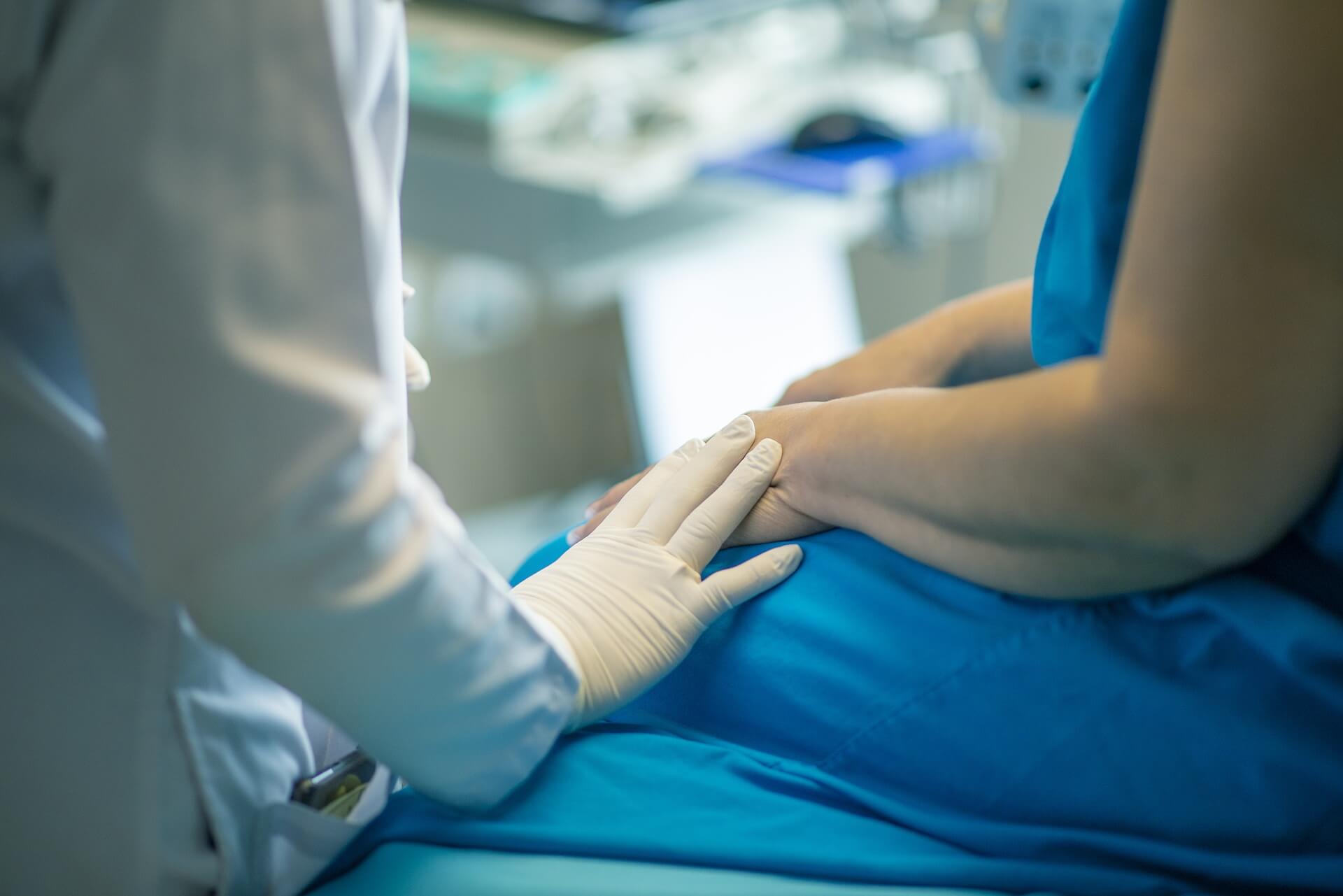Treating Burn Victim Deformities
Treating Burn Victim Deformities

After a burn, there can be several burn-related sequelae. There can be hypertrophic or overgrown scars, contracture of the scars, and deformities of various body areas due to the burn. Now that doctors know the key to higher survival is surgically removing the burn and replacing it with a graft, this is the preferred treatment. Ironically, however, this leads to more deformities and the need to offset the aggressiveness of these procedures.
Scar tissue and contractions are normal parts of healing. Wounds that are allowed to be infected by letting them heal without surgery result in thicker scars, and this is addressed by making sure the injuries don’t have burned tissue on them to become infected. The infection causes more collagen to be produced, and it is produced in whorls and nodules, which can lead to unsightly scarring. These things happen within 3-4 weeks of the injury.
Treating the deformities generally doesn’t occur until the wound has healed completely, and this can take several weeks or more. Doctors must first address the contractures around the mobile body parts to ensure that the elbow bends, the eyelids close, the knees straighten, etc. The treatment of deformities resulting from contractures needs daily exercise and physiotherapy to prevent the joints from getting stuck in an abnormal and non-functioning position.
Assessing Burn DeformitiesBurn deformities cannot be addressed right away because many changes occur from the time of the burn to the healed burn. Assessing the deformity has to take in the physiological processes that are going on in the burned area as well as the psychological needs of the patient. The depth and the extent of the burn play a role in what type of disfigurement the burn victim will have.
Deciding exactly when to surgically treat the deformity is not easy. Functional goals take precedence (at least initially) over cosmetic purposes. Earlier treatments cover an open area of the skull, fix contracted eyelids, treat urethral or anal blockages because of burns in the perineum, and contracted major joints as these are priorities. Latest treatments, such as treating deformed ears and noses, really can’t be done in children, for example, until the growth processes of these body parts have been completed.
Scars don’t really mature for about two years following a severe burn. Until that happens, splints and pressure dressings are recommended to minimize contractures and help the scar matures. The splints and bandages need to be worn faithfully, and there needs to be a daily exercise for affected joints to keep contractures to a minimum.
Techniques for ReconstructionThere are several techniques available for reconstructing burn deformities. These include the following:
- Excising the scar and applying a graft over it
- Excising the scar and closing the remaining skin primarily
- Using a nearby skin flap
- Using a technique that transfers skin and underlying tissue
- Using a method that transfers skin, underlying tissue, and muscle
- A distant skin or underlying tissue graft
- Transfering muscle and skin using microsurgery
The most straightforward technique is to take out the offending scar and close the skin around it. Sometimes it is necessary to leave a rim of the existing scar so that the wound won’t pucker or pull too much on the normal skin. If the wound can’t be closed primarily, it is excised and covered with a skin graft from a donor site. The thinner the skin graft is, the better it will adhere to the wound bed and the less contracture it will have.
Doctors have created and used artificial skin dermis to cover the underlying tissues. The artificial dermis is applied, and a thin skin graft is added to its top. It takes more than one surgery to accomplish this, but it can be more cosmetically appealing.
A unique z-plasty technique can have thicker layers of skin and soft tissue placed over the defect with the area the skin is cut from attached by a supplying artery. The donor site is closed just like ordinary stitches. In some cases, a tissue expander is temporarily placed underneath the skin. The skin can stretch overtime to cover adjacent defects made by cutting out unsightly scars.
The exact timing of using these techniques is not completely clear. Scar tissues that are still active may not be good candidates for repair. Things such as repairing eyelid deformities can conceivably be used as soon as 4-6 months after the initial injury.
Advancements in microsurgery will be the next step in allowing for excellent adherence to grafts and better cosmetic outcomes from severe burns.
Burn Injury Lawyers in SacramentoIf you or a family member has sustained catastrophic injuries in a burn accident, our Sacramento Burn Injury Attorneys can help. Call our law firm for free and friendly advice at (916) 921-6400 or (800) 404-5400.
See our client reviews and ratings on Yelp, Avvo, and Google and our history of settlements and verdicts.
Editor’s Note: This page has been updated for accuracy and relevance. [cha 5.31.22]
Image by fernando zhiminaicela from Pixabay [cs 842]